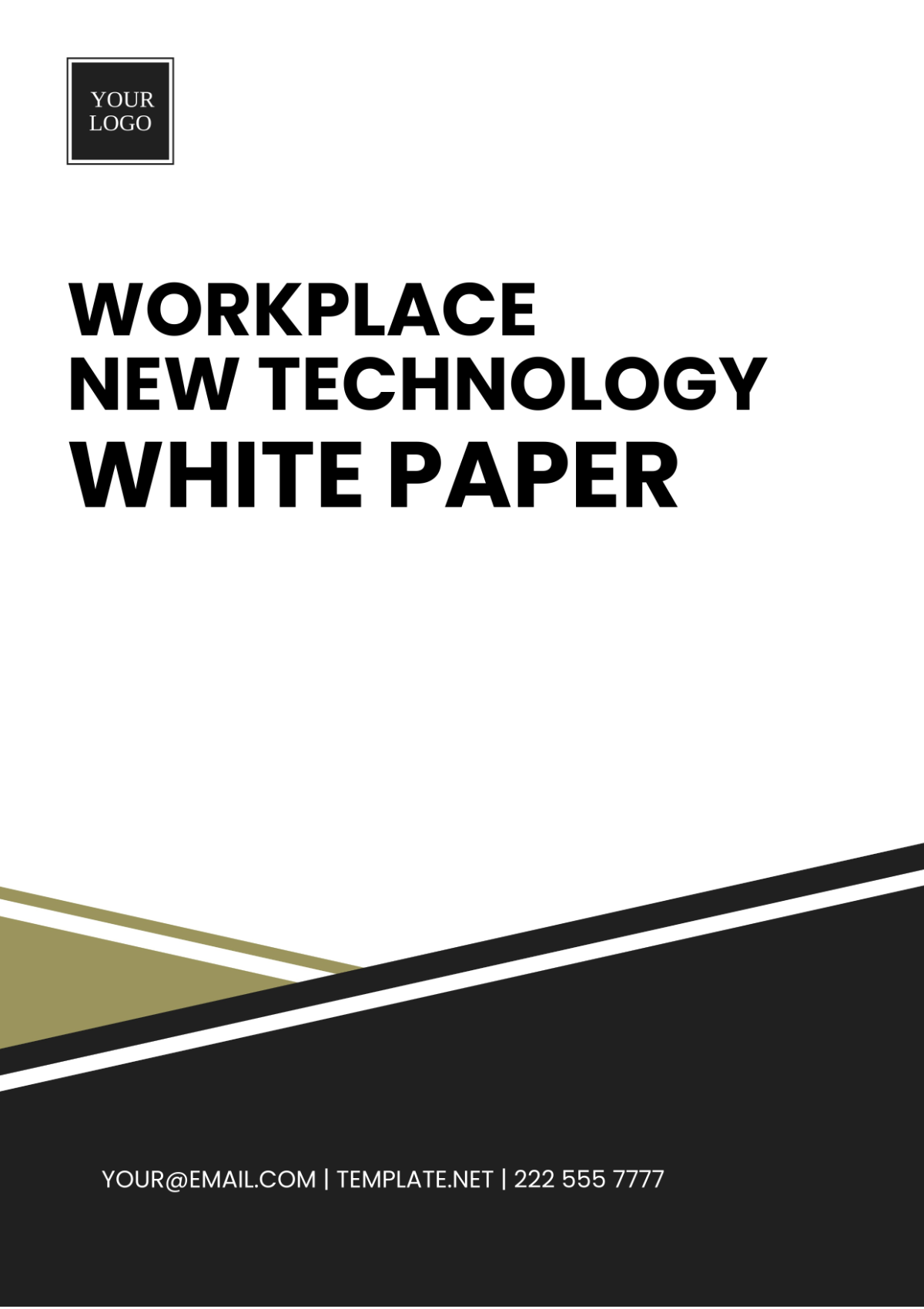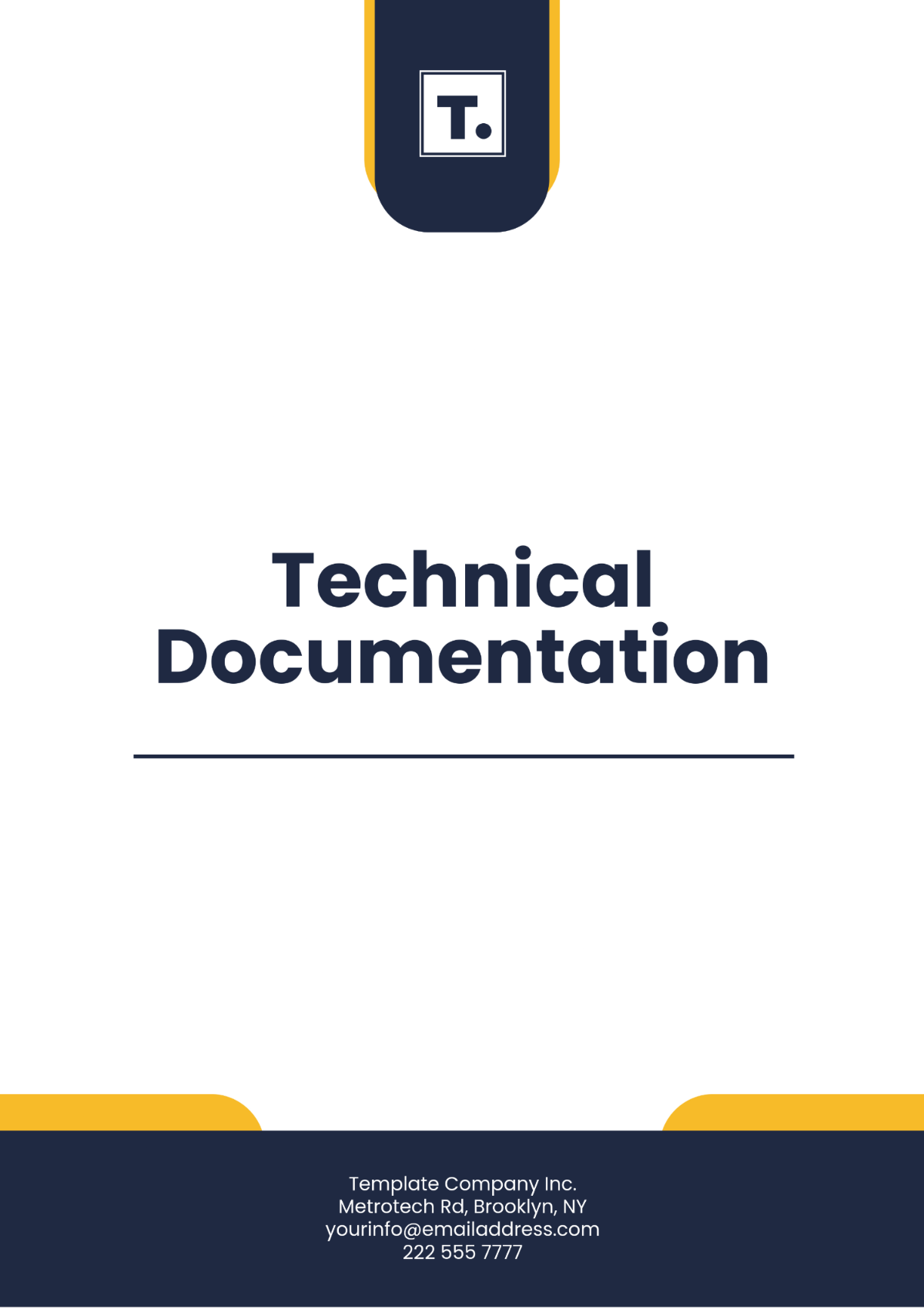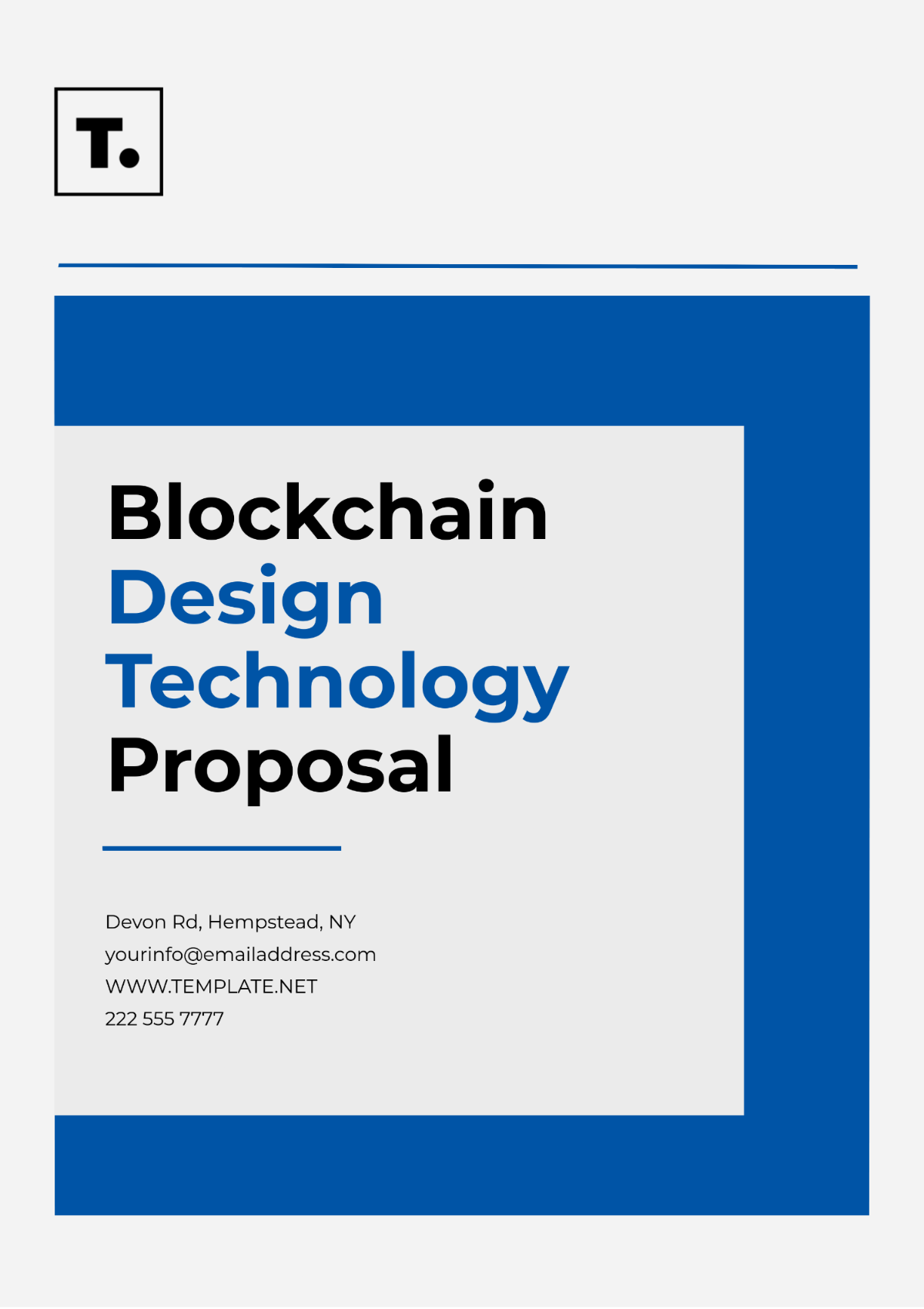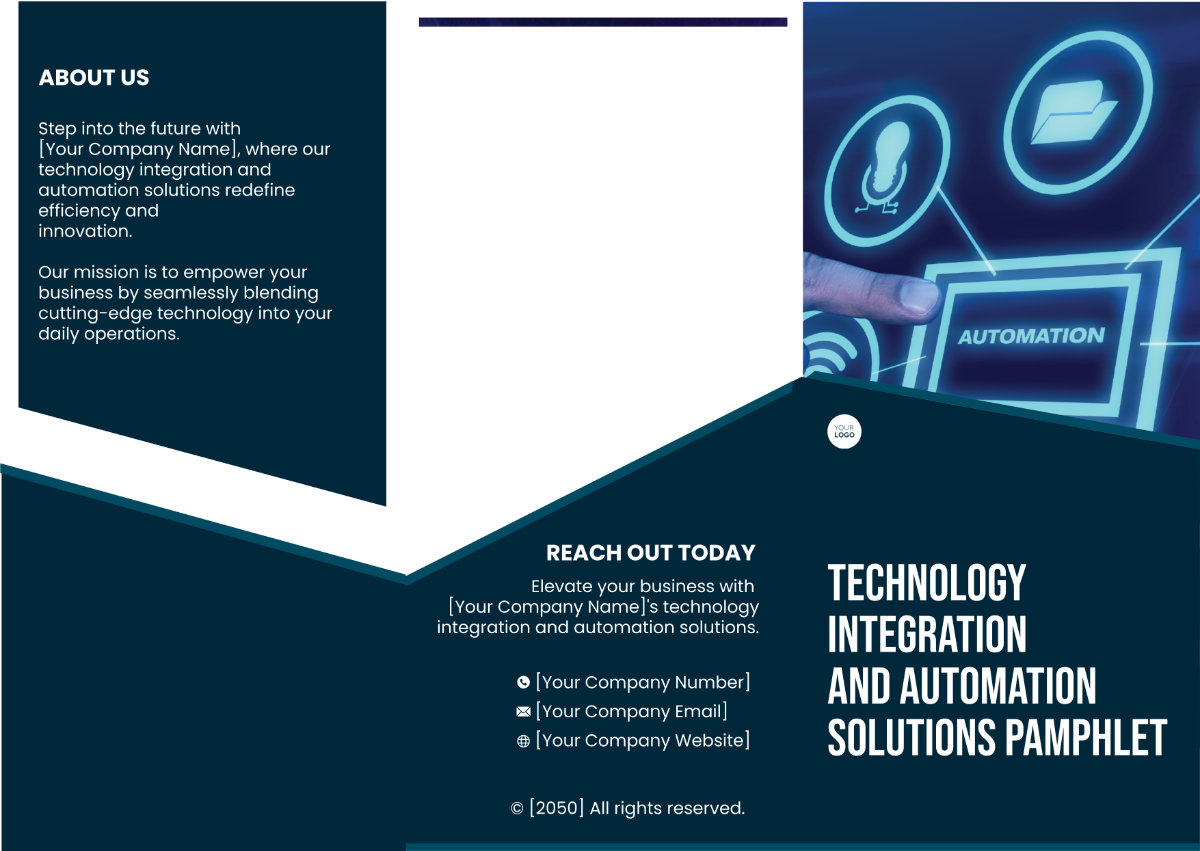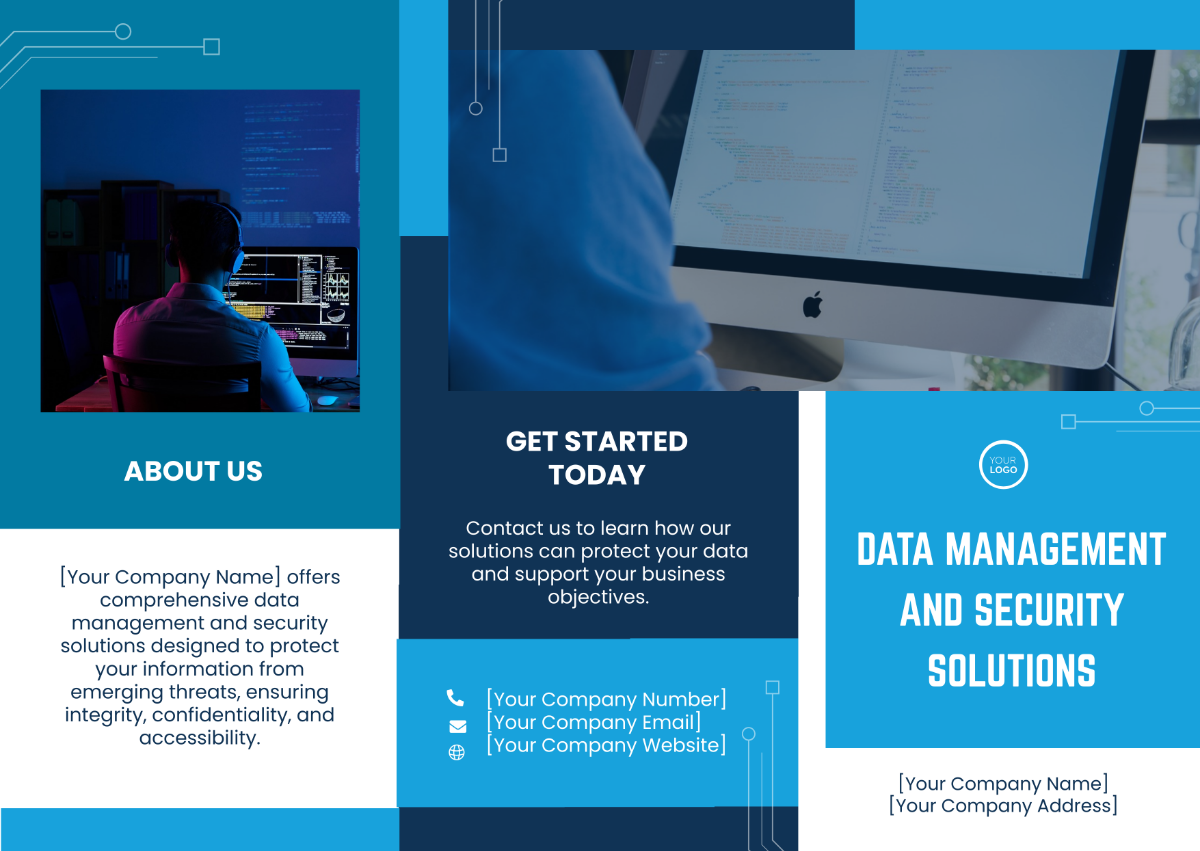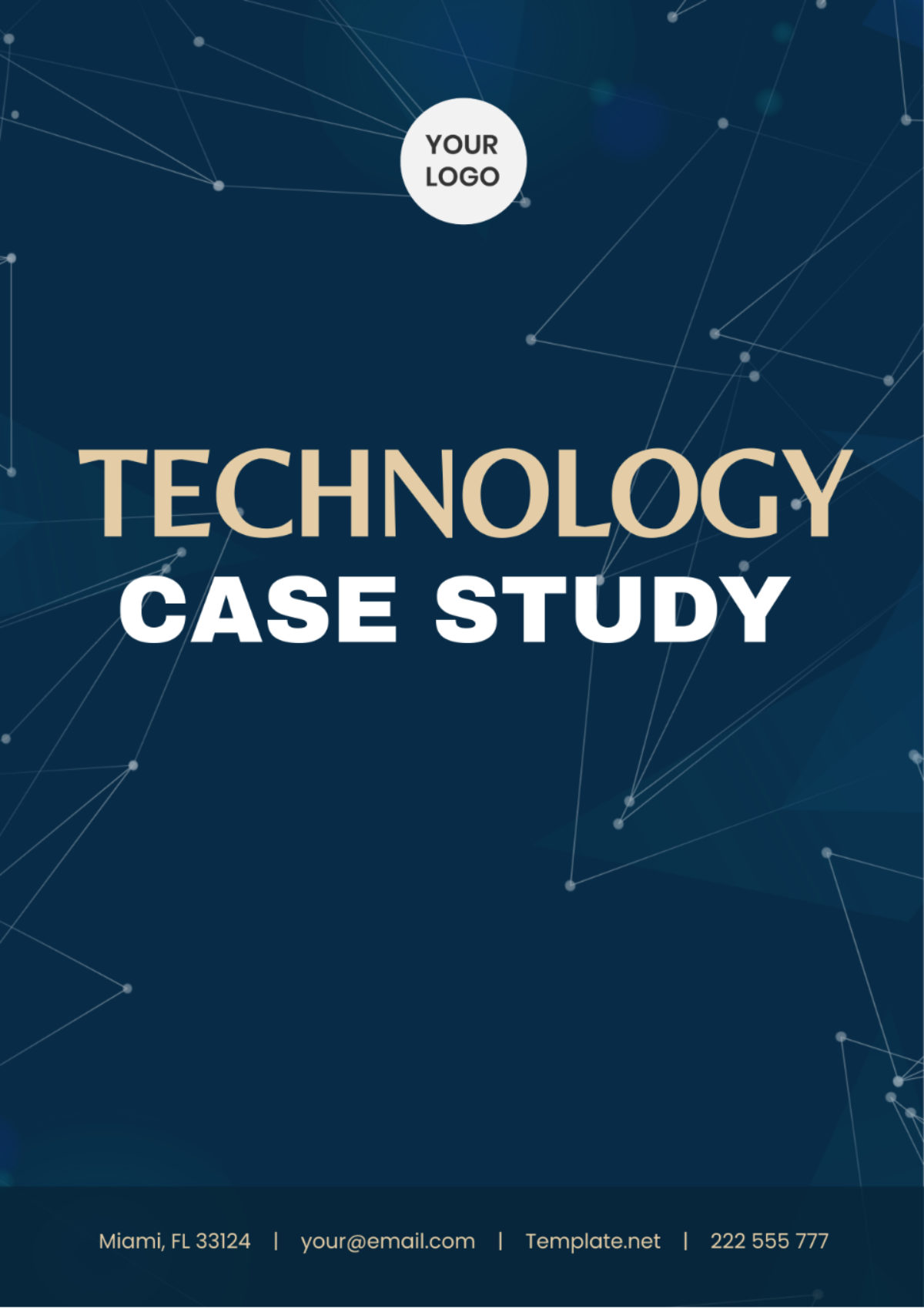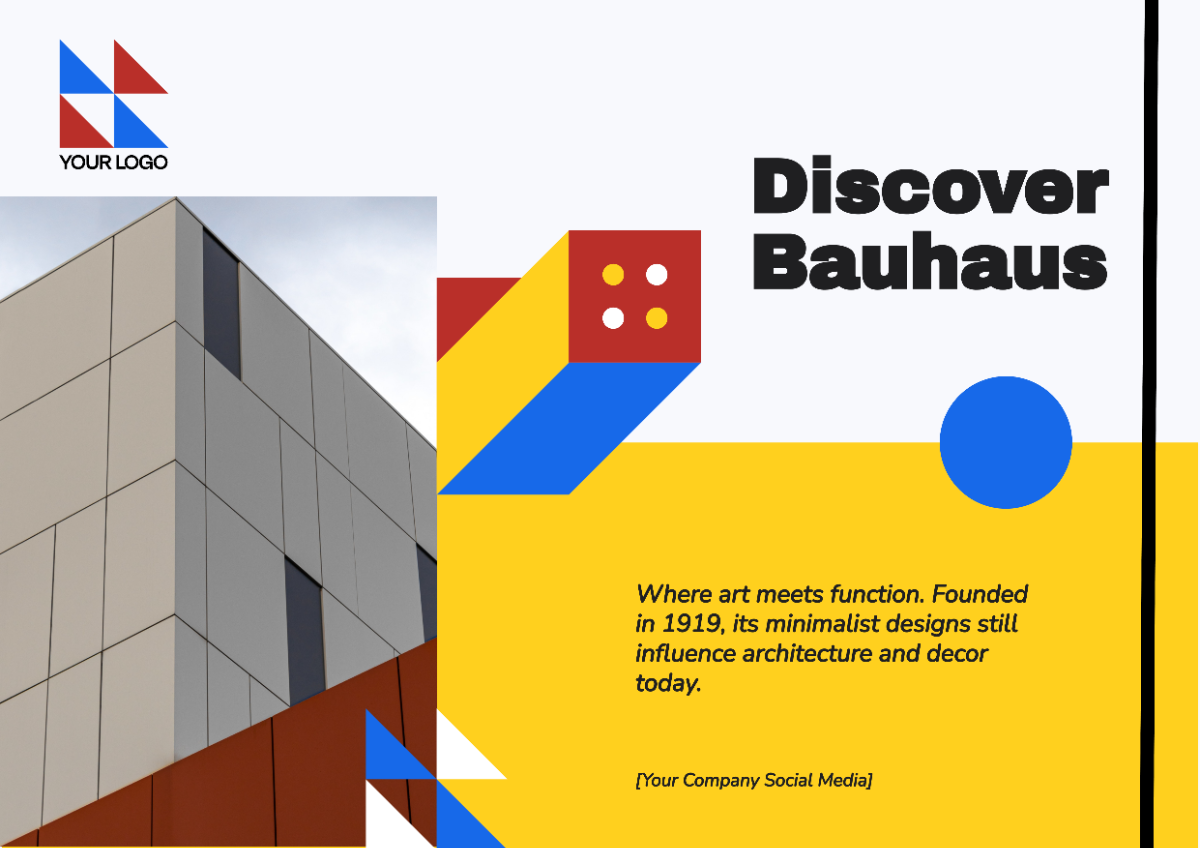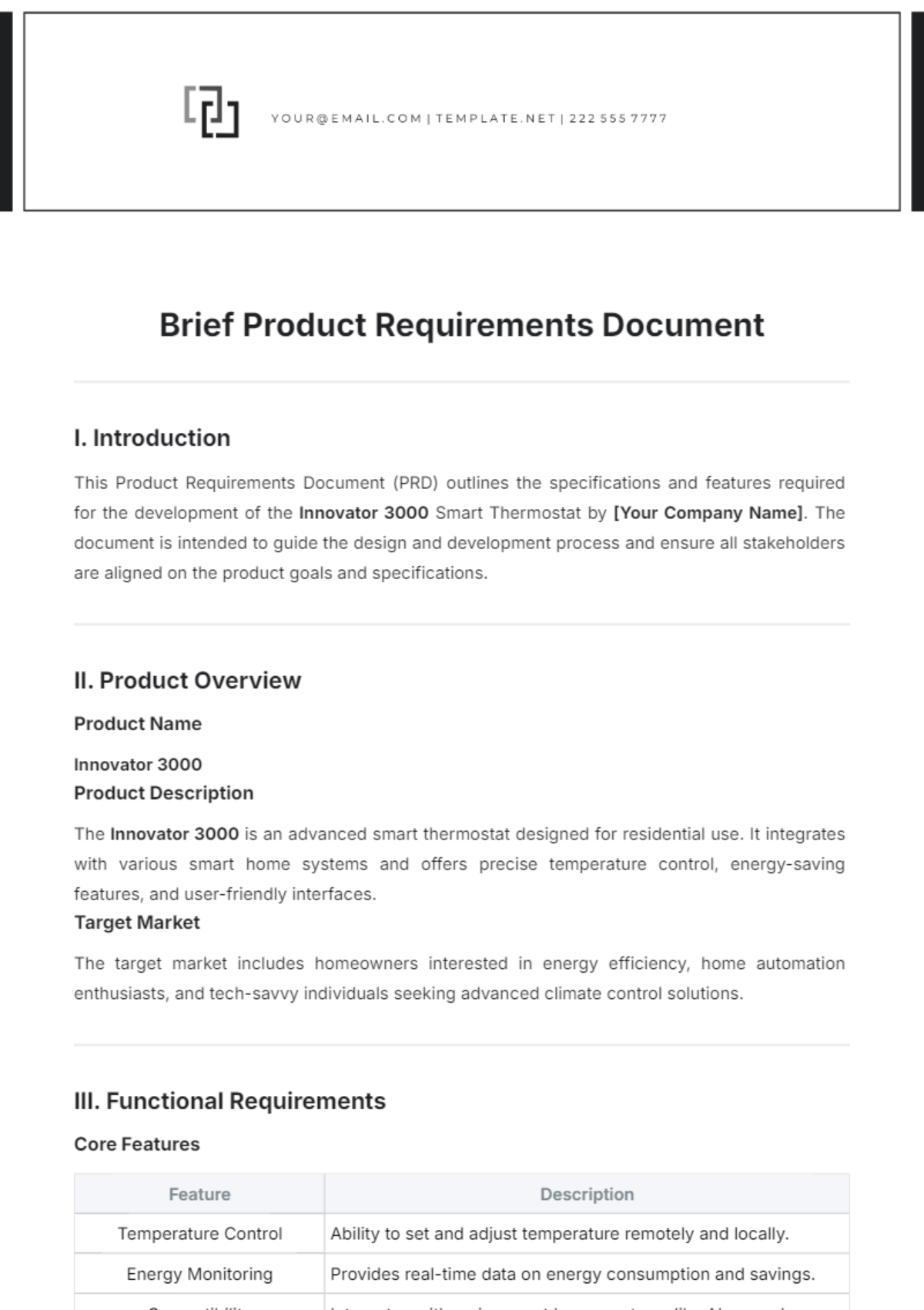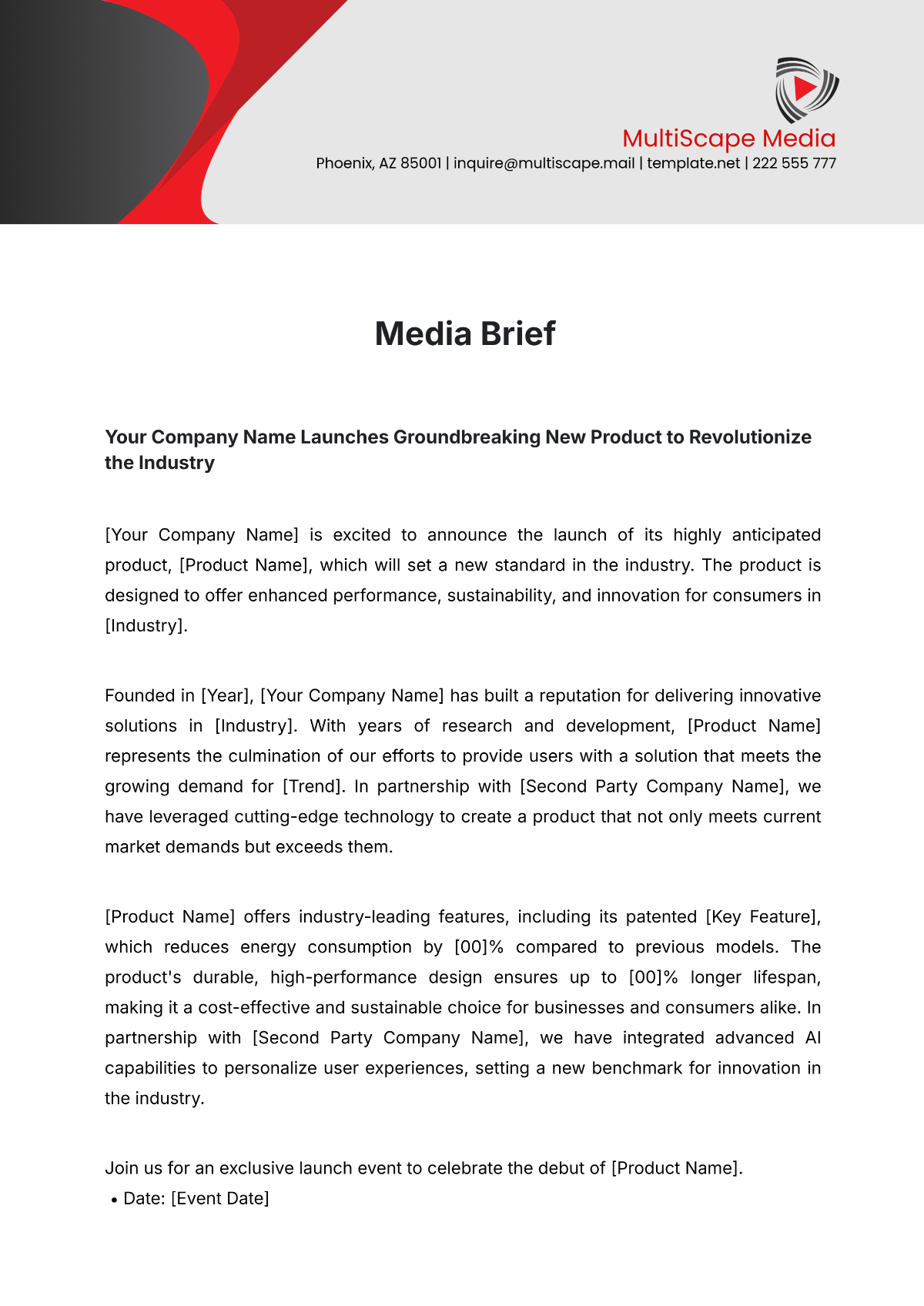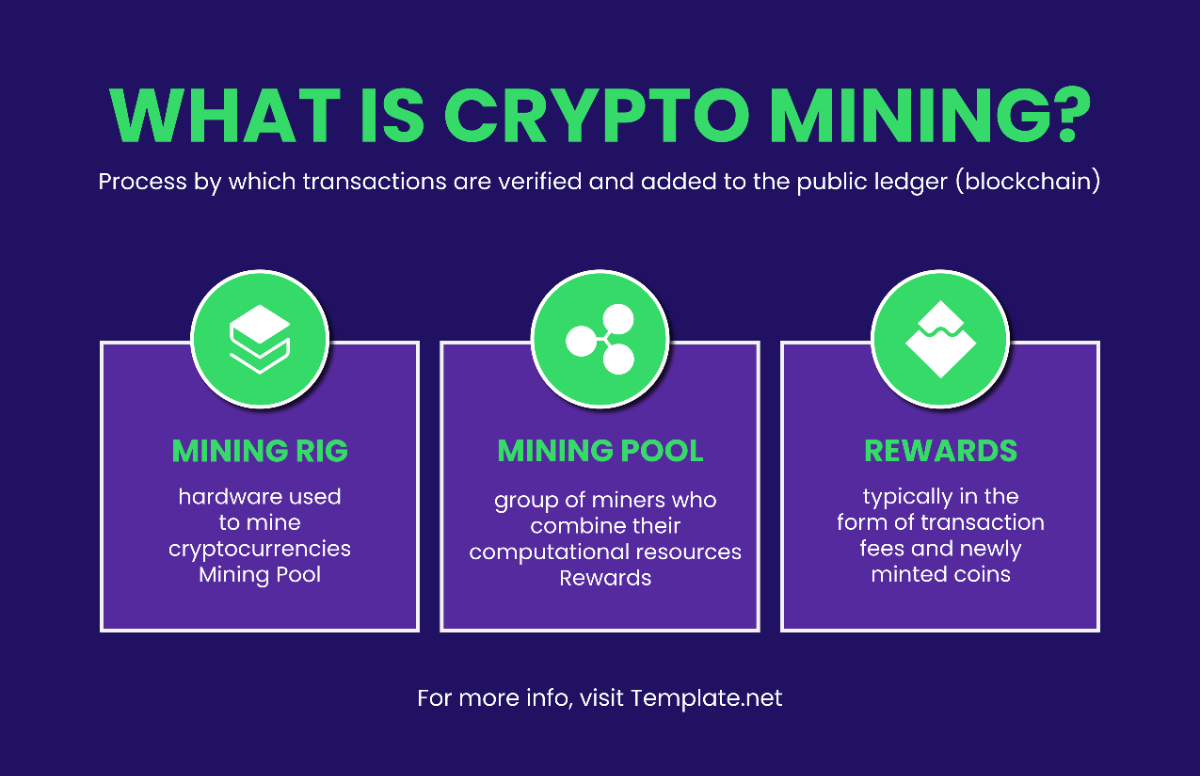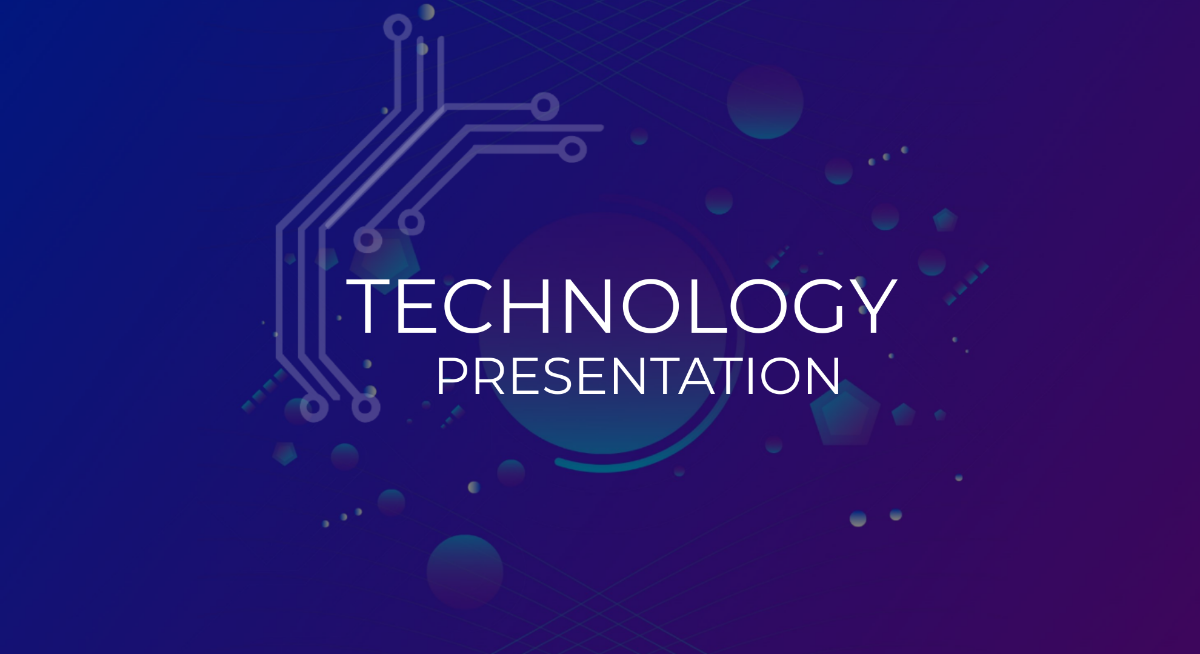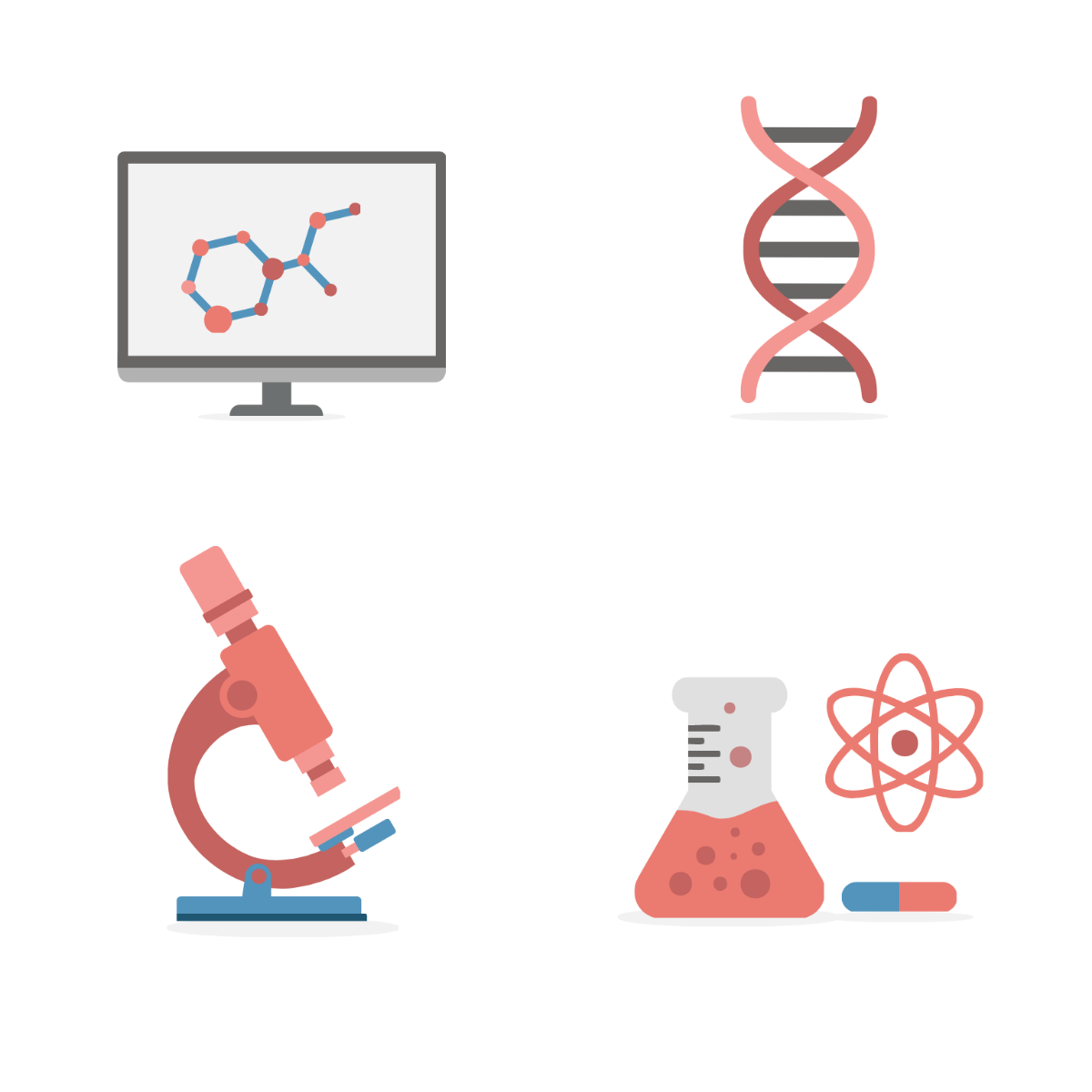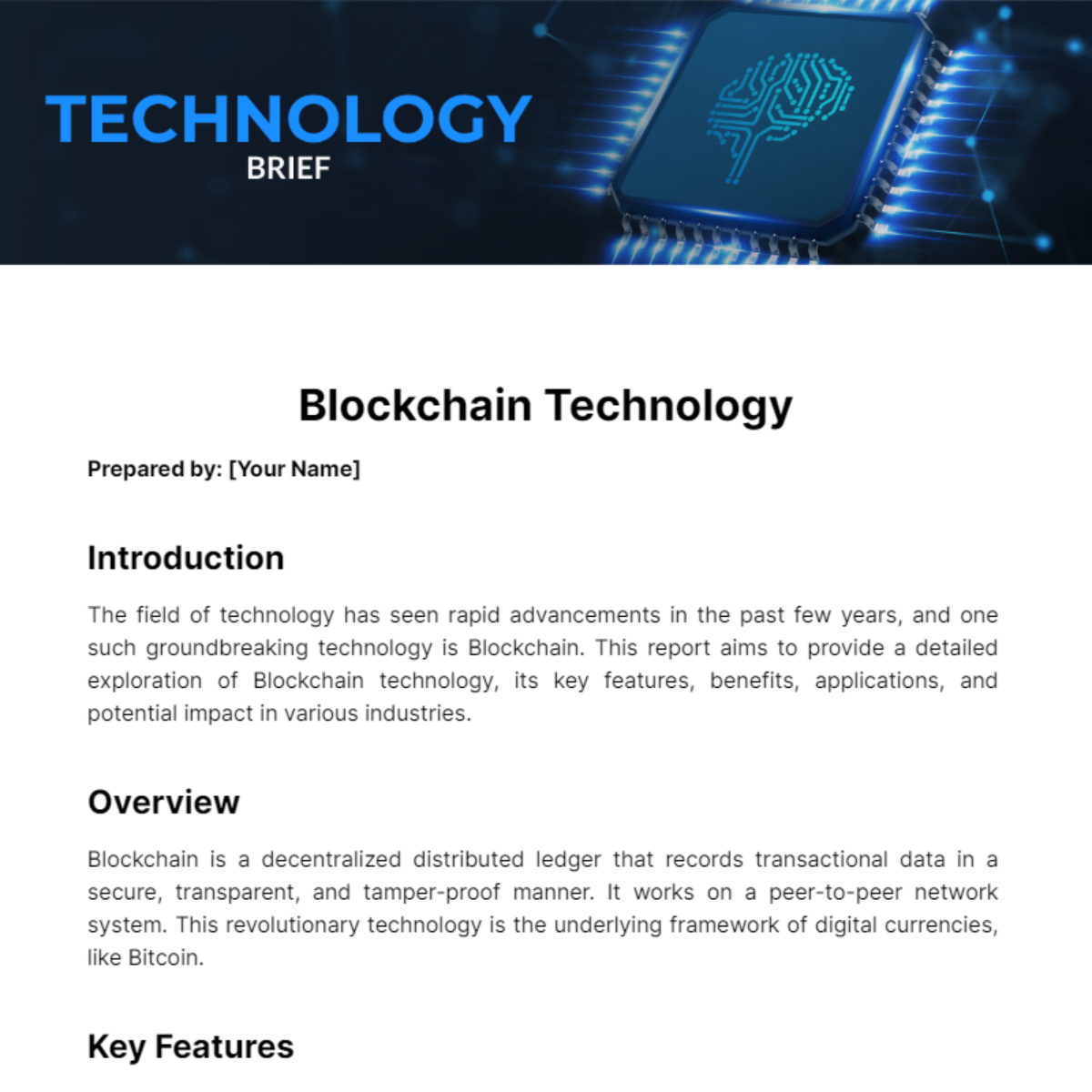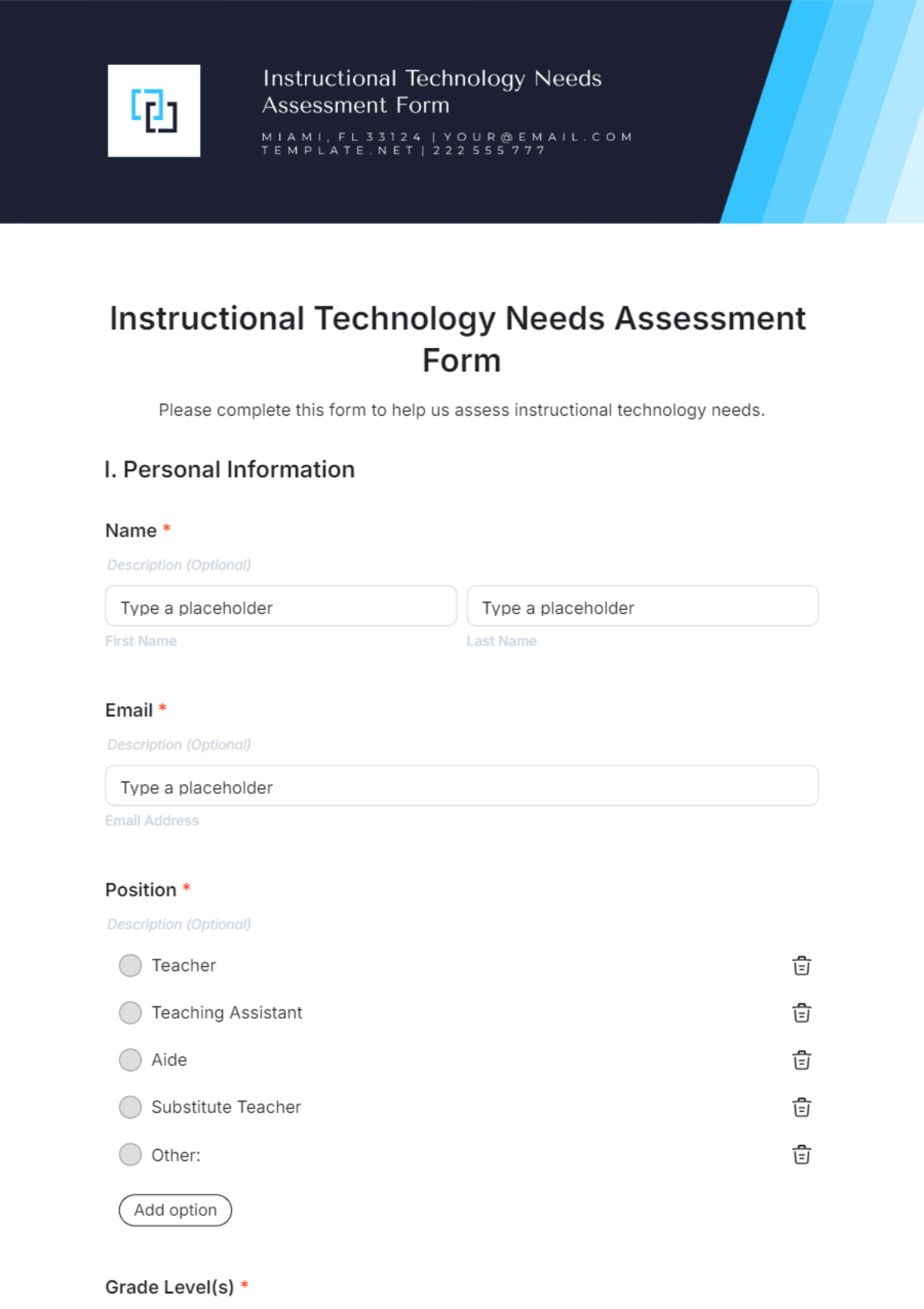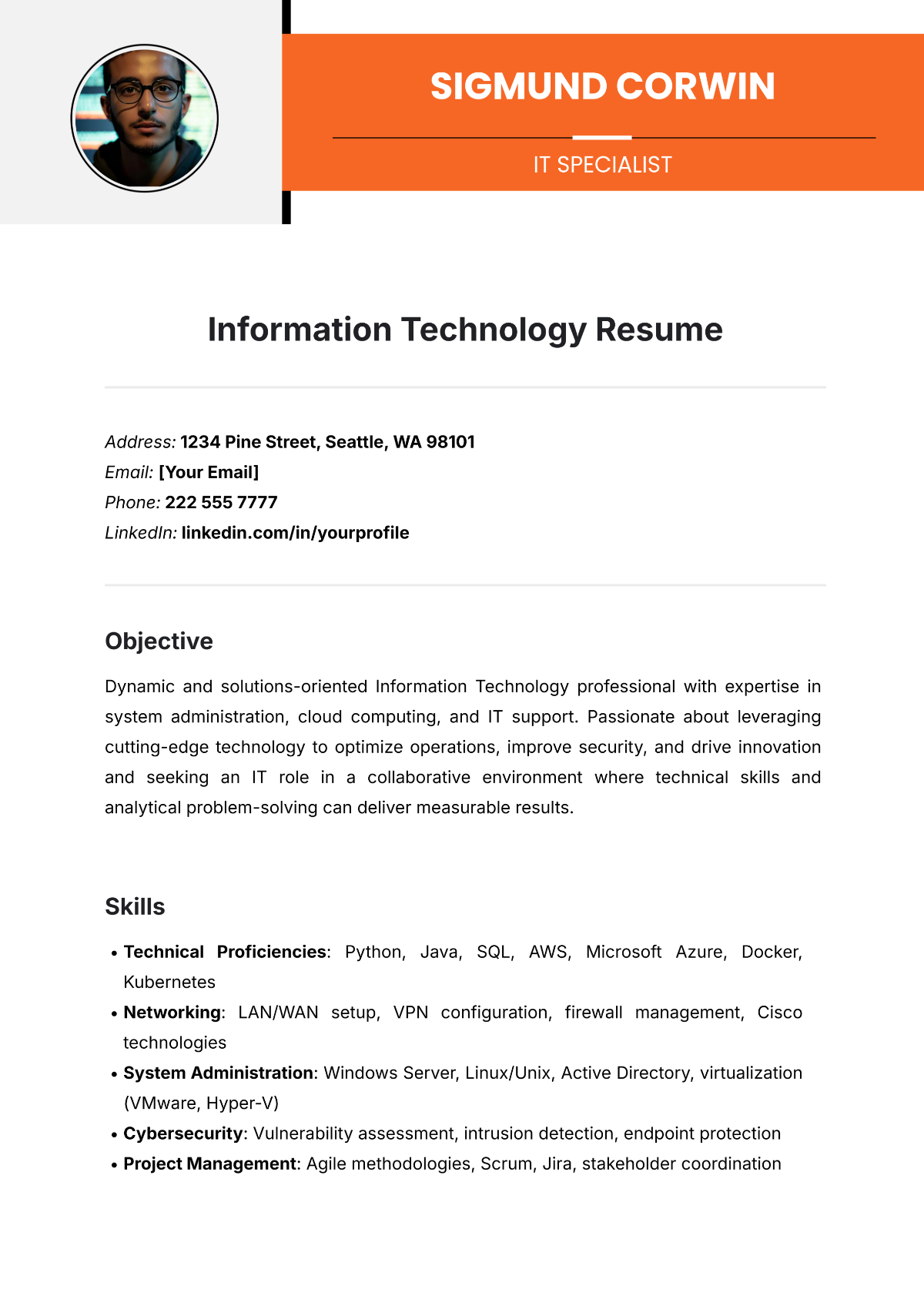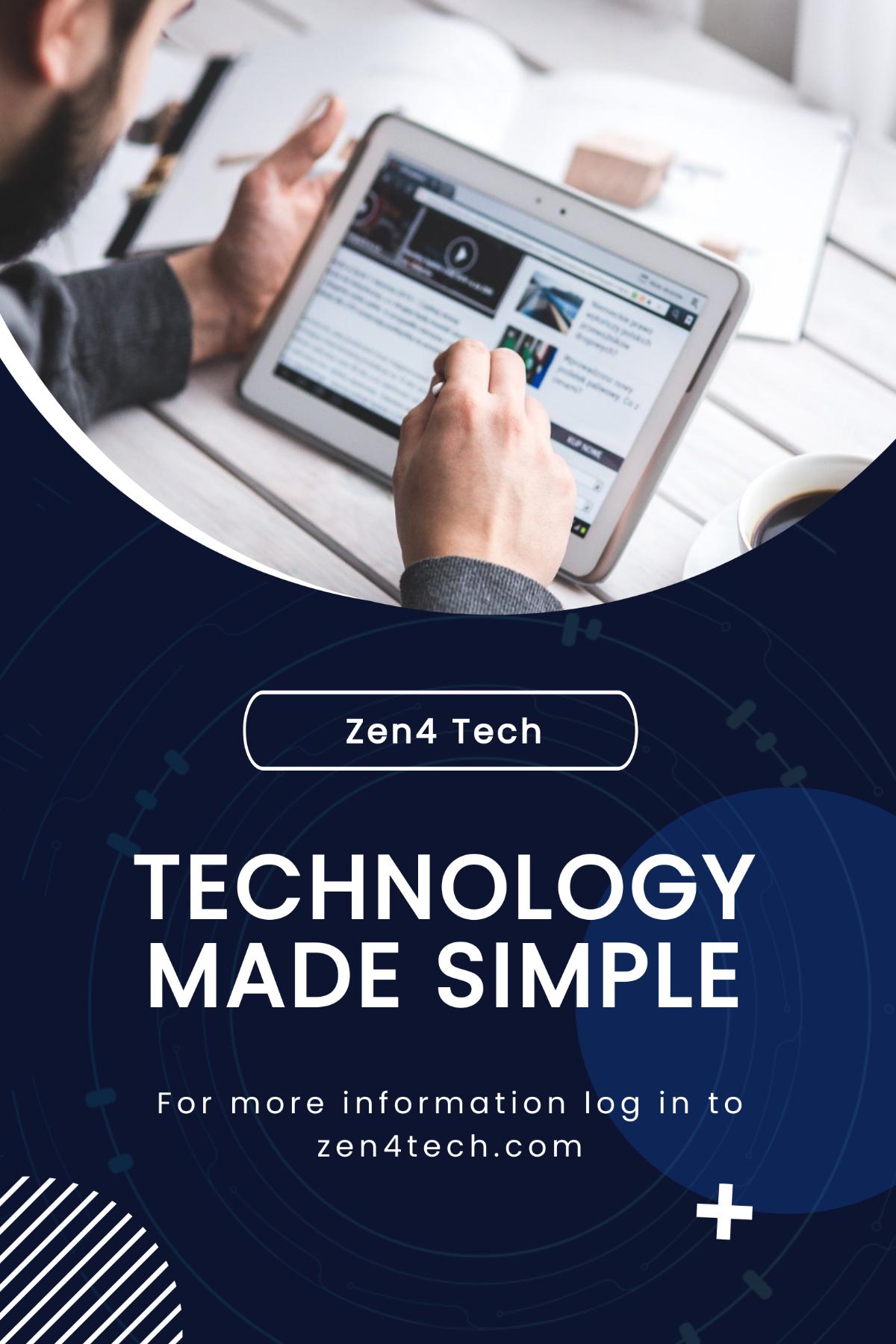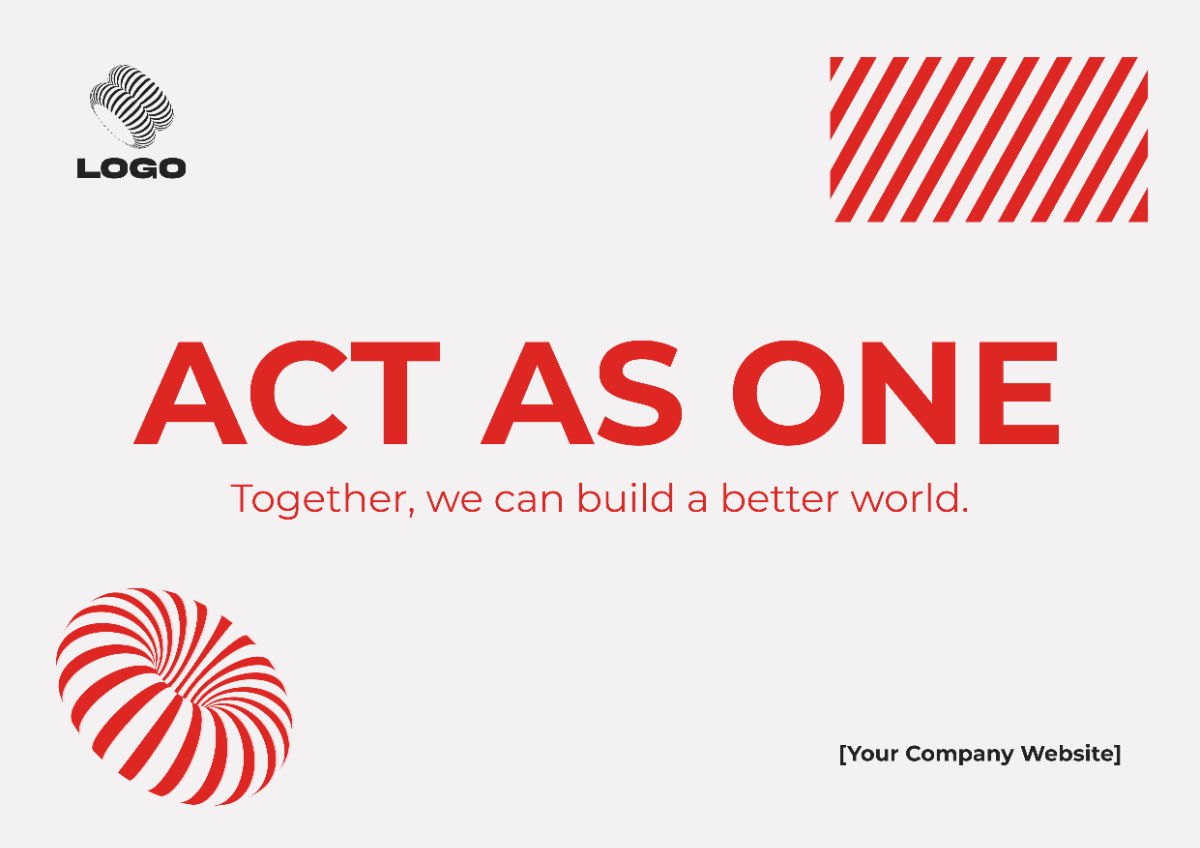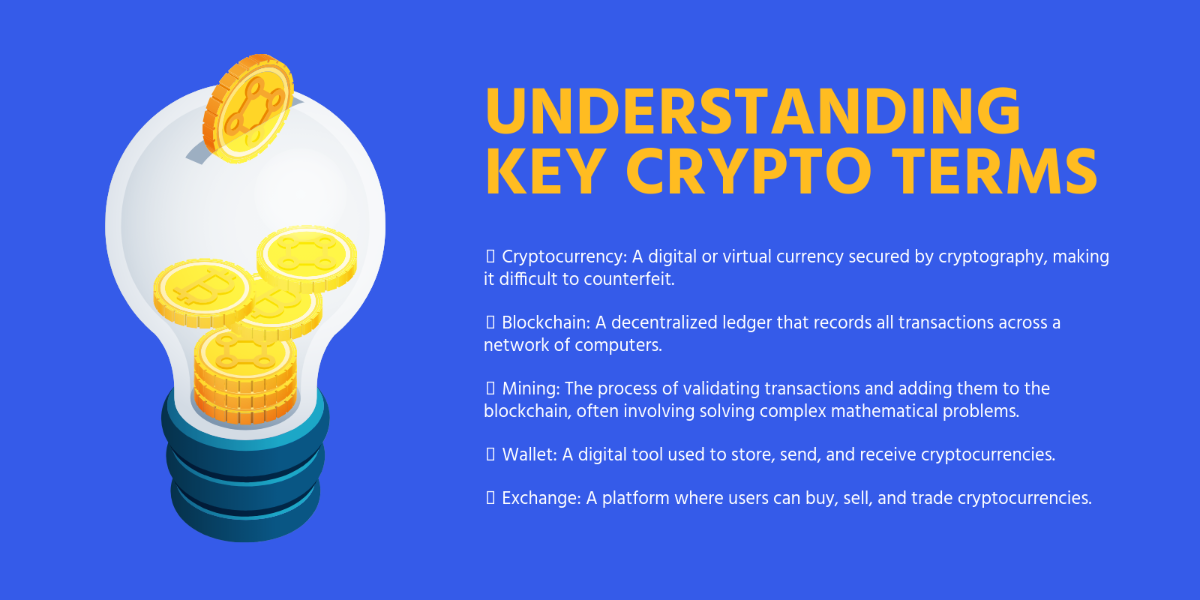Software Technical Specification
I. Introduction
The purpose of this document is to outline the technical specifications for the development of the i-Prime Software of [YOUR COMPANY NAME]. It is intended to provide a detailed description to guide the software development team and ensure a shared understanding of the system's functionalities and requirements.
II. System Architecture
The system will follow a three-tier architecture comprising of the Presentation Layer, Business Logic Layer, and Data Access Layer. Each of these layers will have distinct responsibilities and will communicate with each other through well-defined interfaces.
1. Presentation Layer
Technology: HTML, CSS, JavaScript, ReactJS
Responsibility: Handles the user interface and user experience aspects of the application.
2. Business Logic Layer
Technology: Node.js, Express.js
Responsibility: Implements the core application logic, processing, and business rules.
3. Data Access Layer
Technology: MySQL, Sequelize ORM
Responsibility: Manages data storage and retrieval, database schema, and interactions with the database.
III. Functional Requirements
The following table details the key functional requirements of the application:
Requirement ID | Description | Priority |
|---|---|---|
FR-001 | User Registration and Authentication | High |
FR-002 | Profile Management | Medium |
FR-003 | Search and Filter Functionality | High |
FR-004 | Report Generation | Low |
IV. Non-Functional Requirements
The system must comply with the following non-functional requirements to ensure reliability, performance, and maintainability:
Performance: The system should handle up to 1000 concurrent users without degradation in performance.
Security: All sensitive data must be encrypted and follow best practices for authentication and authorization.
Scalability: The system architecture should support easy scaling for increased user load.
Maintainability: The codebase should be modular and well-documented to facilitate easy maintenance and updates.
V. System Interfaces
The application will interact with various external systems and services through well-defined APIs and interfaces:
RESTful API for client-server communication.
Third-party authentication APIs (e.g., OAuth for social logins).
Payment Gateway Integration for processing payments.
External Data Sources for data enrichment and validation.
VI. Data Model
The following diagram outlines the primary entities in the database and their relationships:
1. Users
user_id (PK)
username
email
password_hash
created_at
updated_at
2. Profiles
profile_id (PK)
user_id (FK)
first_name
last_name
bio
avatar_url
created_at
updated_at
3. Posts
post_id (PK)
user_id (FK)
title
content
created_at
updated_at
VII. Implementation Plan
The development of the application will be executed in phases, as outlined below:
Phase 1: Requirements gathering and analysis.
Phase 2: System design and architecture planning.
Phase 3: Development of core functionalities in iterative cycles.
Phase 4: Testing and QA to ensure system reliability and performance.
Phase 5: Deployment and user training.
Phase 6: Post-deployment support and maintenance.
VIII. Testing and Quality Assurance
To ensure the system meets the desired quality standards, the following testing strategies will be employed:
Unit Testing: Testing individual components for correct functionality.
Integration Testing: Ensuring different components work together correctly.
System Testing: Validating the entire system's functionality against the requirements.
Acceptance Testing: Verifying the system meets user expectations and is ready for deployment.
IX. Risks and Mitigation
Potential risks to the project and their respective mitigation strategies are outlined below:
Risk | Impact | Mitigation |
|---|---|---|
Scope Creep | High | Implement a strict change management process. |
Technical Debt | Medium | Adopt best practices and regular code reviews. |
Resource Constraints | High | Ensure proper resource planning and allocation. |
Integration Issues | Medium | Perform thorough integration testing throughout development. |






